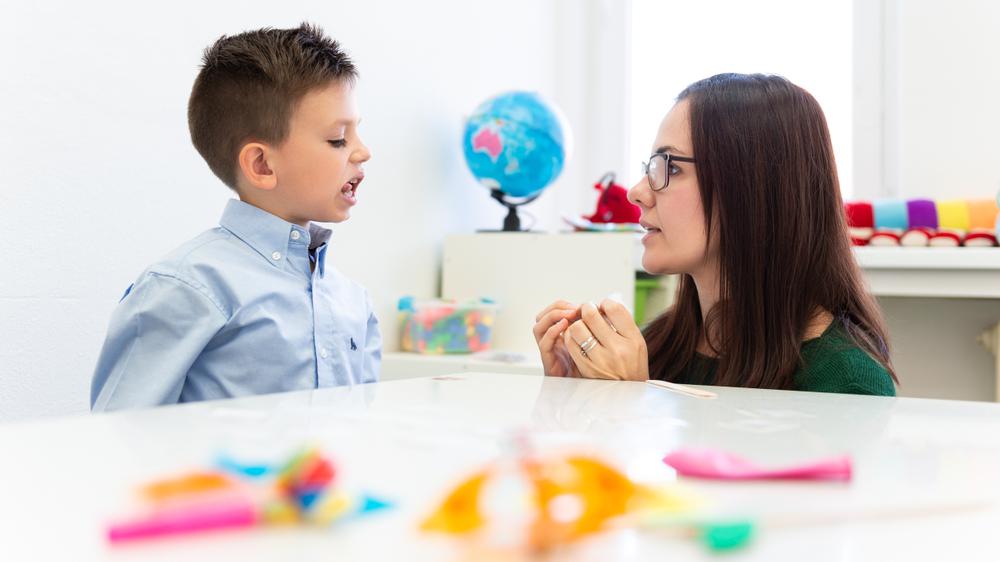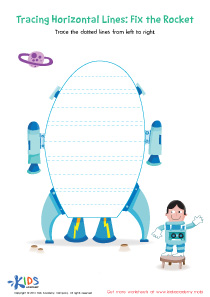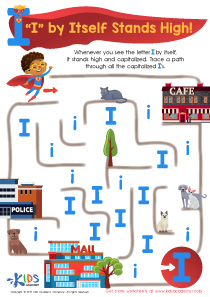Phonics recognition Normal Alphabet Worksheets for Ages 3-4
5 filtered results
-
From - To
Encourage early reading success with our Phonics Recognition Normal Alphabet Worksheets for Ages 3-4. Designed to build foundational language skills, these engaging worksheets help young learners identify letter sounds, enhancing their phonemic awareness. Each colorful sheet focuses on a specific letter, utilizing fun activities and familiar images to make learning enjoyable and memorable. Perfect for preschoolers, these materials offer essential practice for recognizing alphabet sounds, aiding in seamless word formation and early reading milestones. Visit KidsAcademy.mobi to empower your child's educational journey with these expertly crafted phonics worksheets. Transform learning into an exciting adventure today!
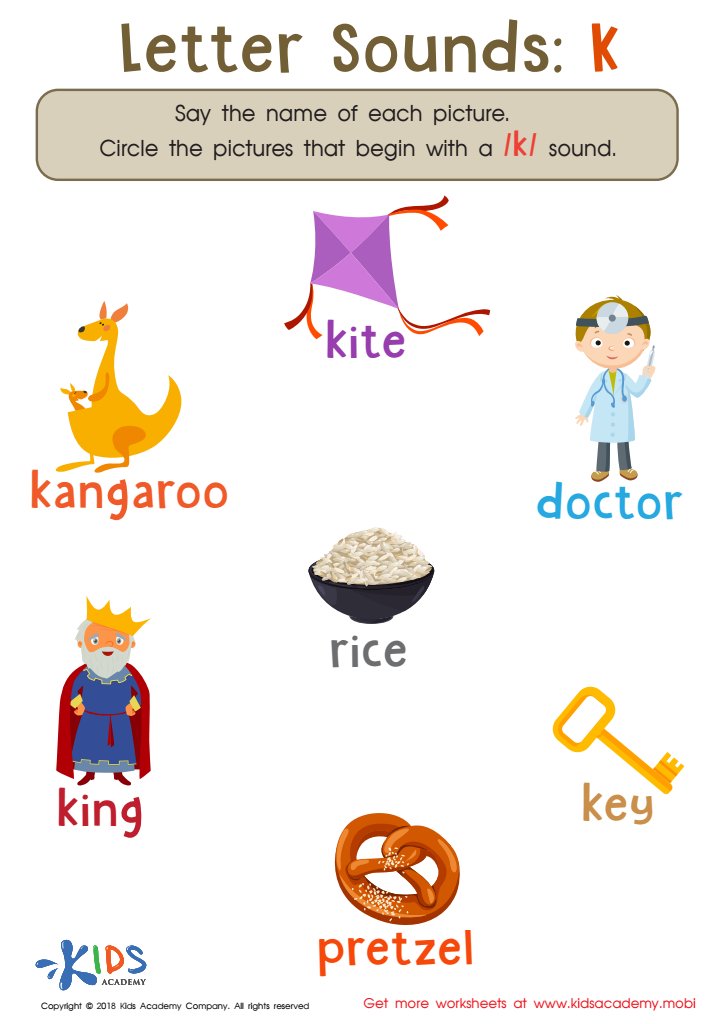

Letter K Sounds Worksheet
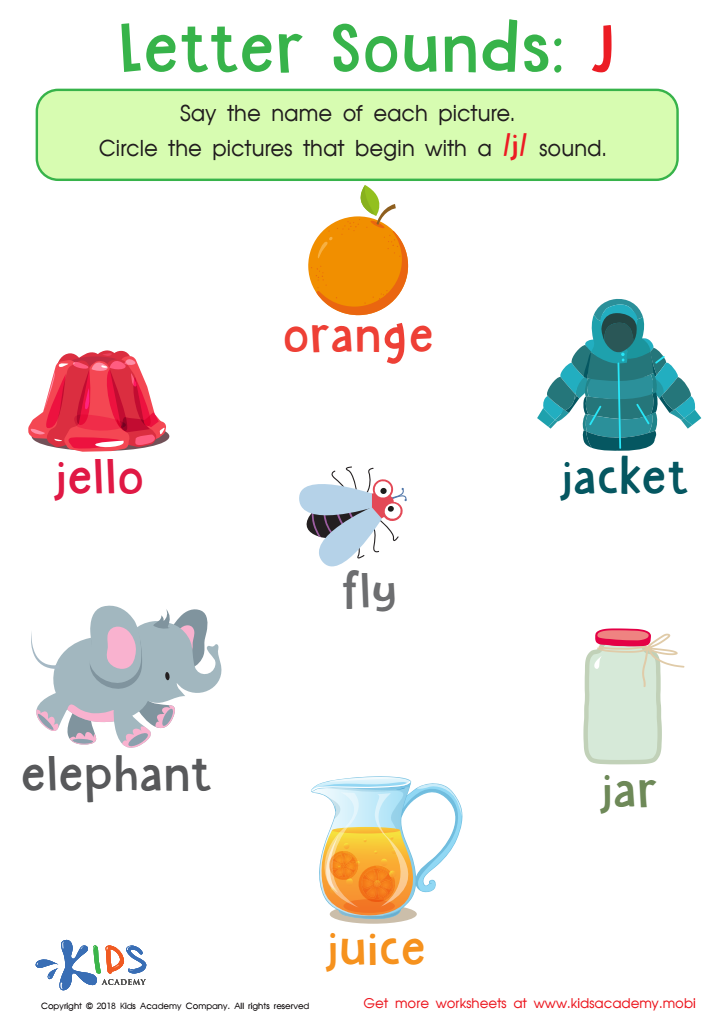

Letter Sounds: J Printable Worksheet
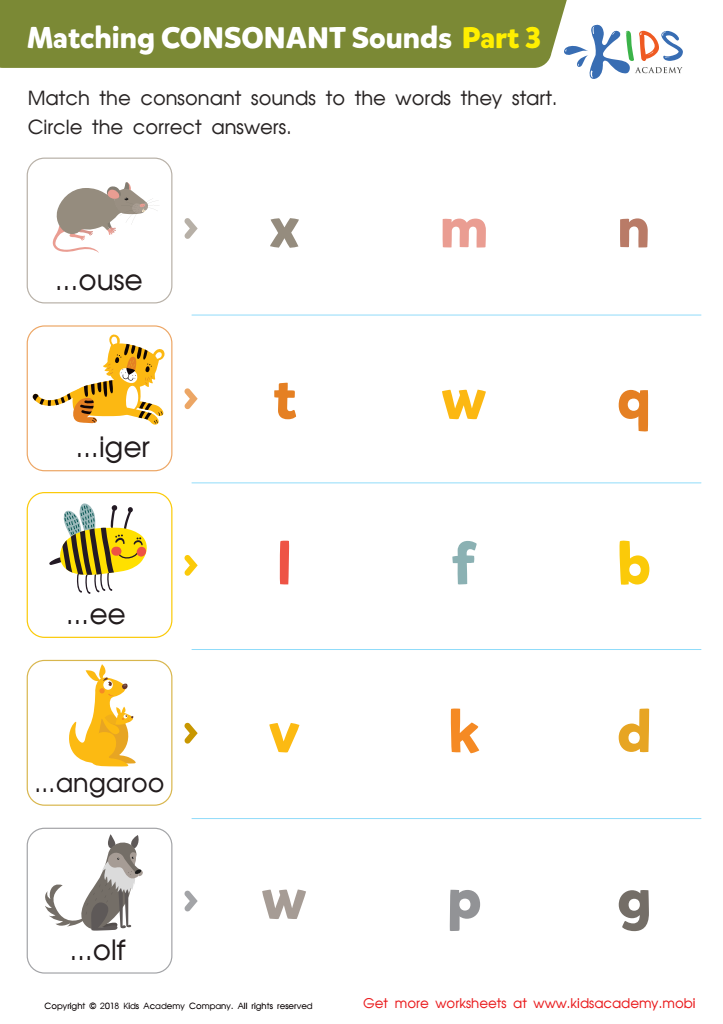

Matching Consonant Sounds: Part 3 Worksheet
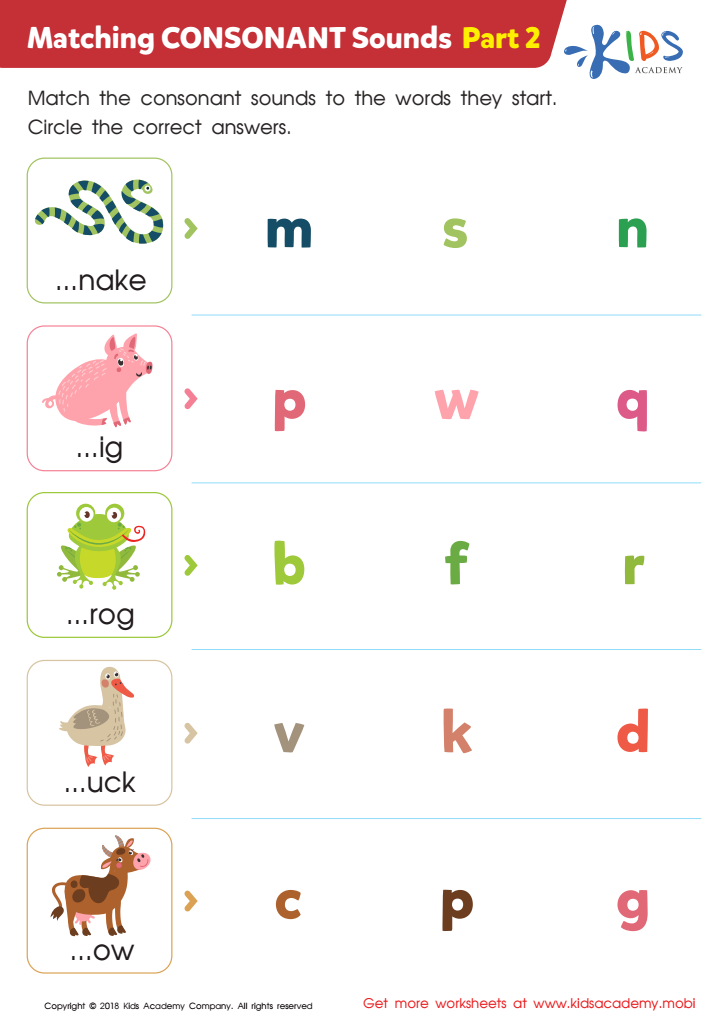

Matching Consonant Sounds: Part 2 Worksheet
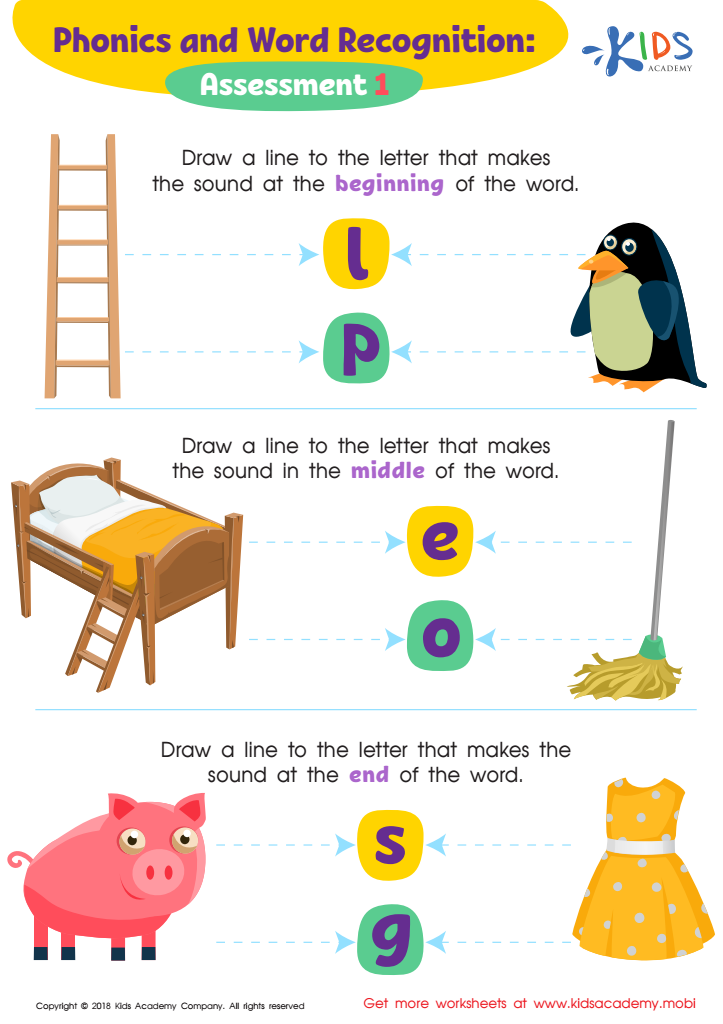

Phonics and Word Recognition: Assessment 1 ELA Worksheet
Phonics recognition, particularly in the context of the normal alphabet, is crucial for young children ages 3-4 as it lays the foundation for literacy development. During these formative years, children's brains are exceptionally receptive to language acquisition. Phonics involves understanding the relationship between letters and their corresponding sounds, which is vital for reading and spelling skills. When parents and teachers emphasize phonics, they help children decode words more effectively and develop fluency in reading.
For children ages 3-4, initial exposure to the alphabet and phonics recognition simplifies the learning process by making it engaging and systematic. This early introduction leads to better phonemic awareness, enabling children to recognize key sounds in words, which in turn aids in vocabulary expansion and comprehension. Furthermore, this foundational skill sets the stage for future academic success, as literacy is integral to all areas of learning.
Moreover, early phonics recognition boosts self-confidence in young learners. When children can sound out words independently, they feel more competent and motivated to explore new texts. This increased confidence fosters a love for reading, a crucial habit that can significantly enhance intellectual development and imagination. For these reasons, parents and teachers should prioritize phonics education for young children to cultivate strong, enthusiastic, and skillful readers.

 Assign to My Students
Assign to My Students









